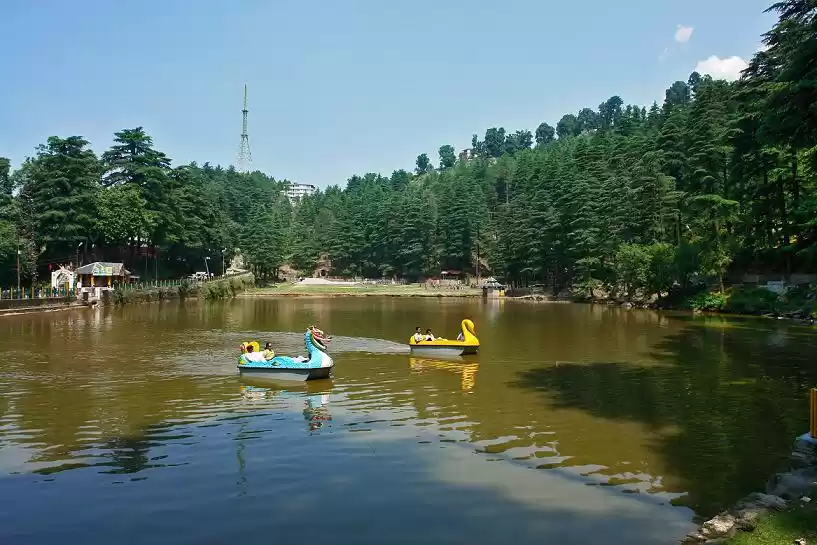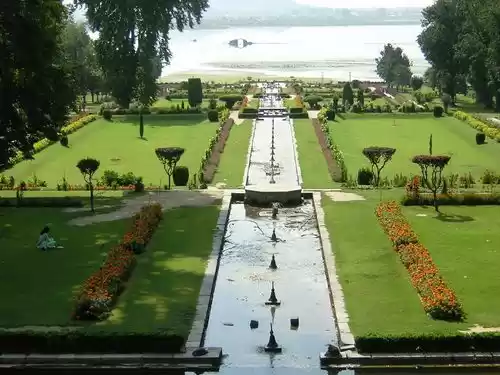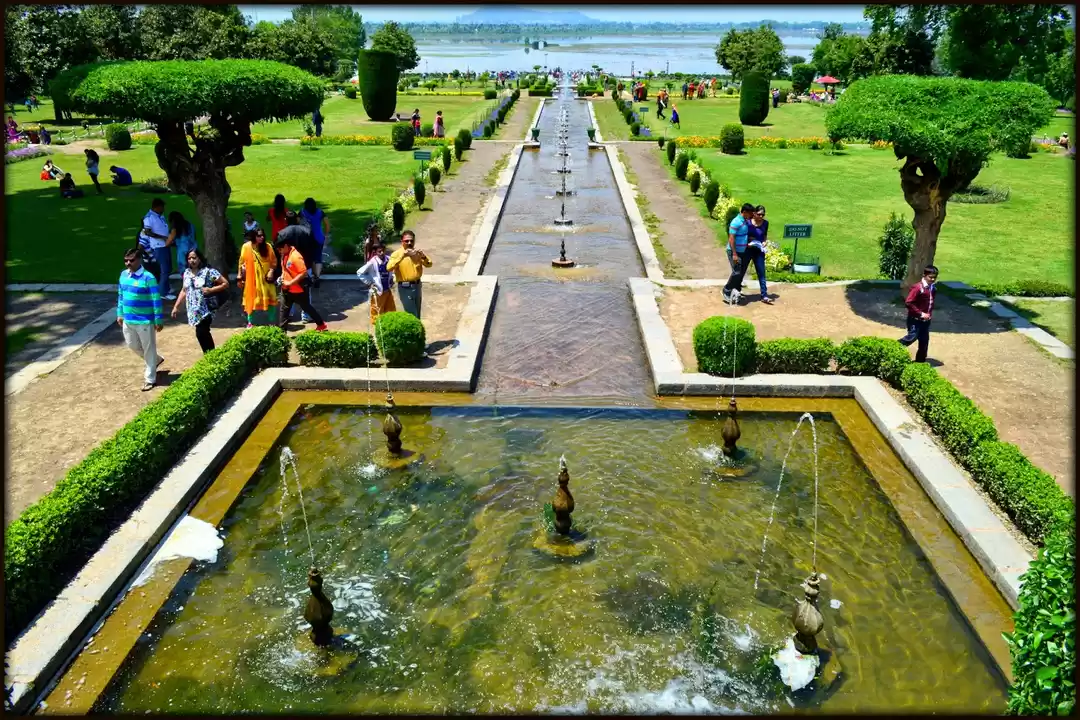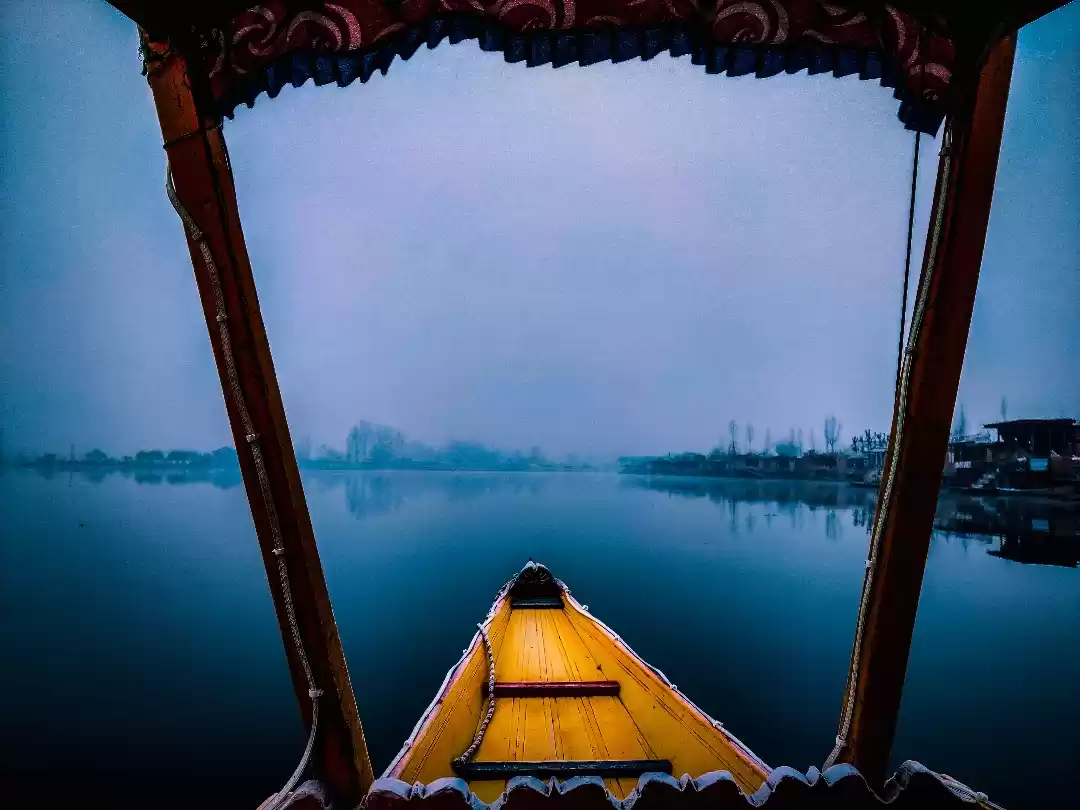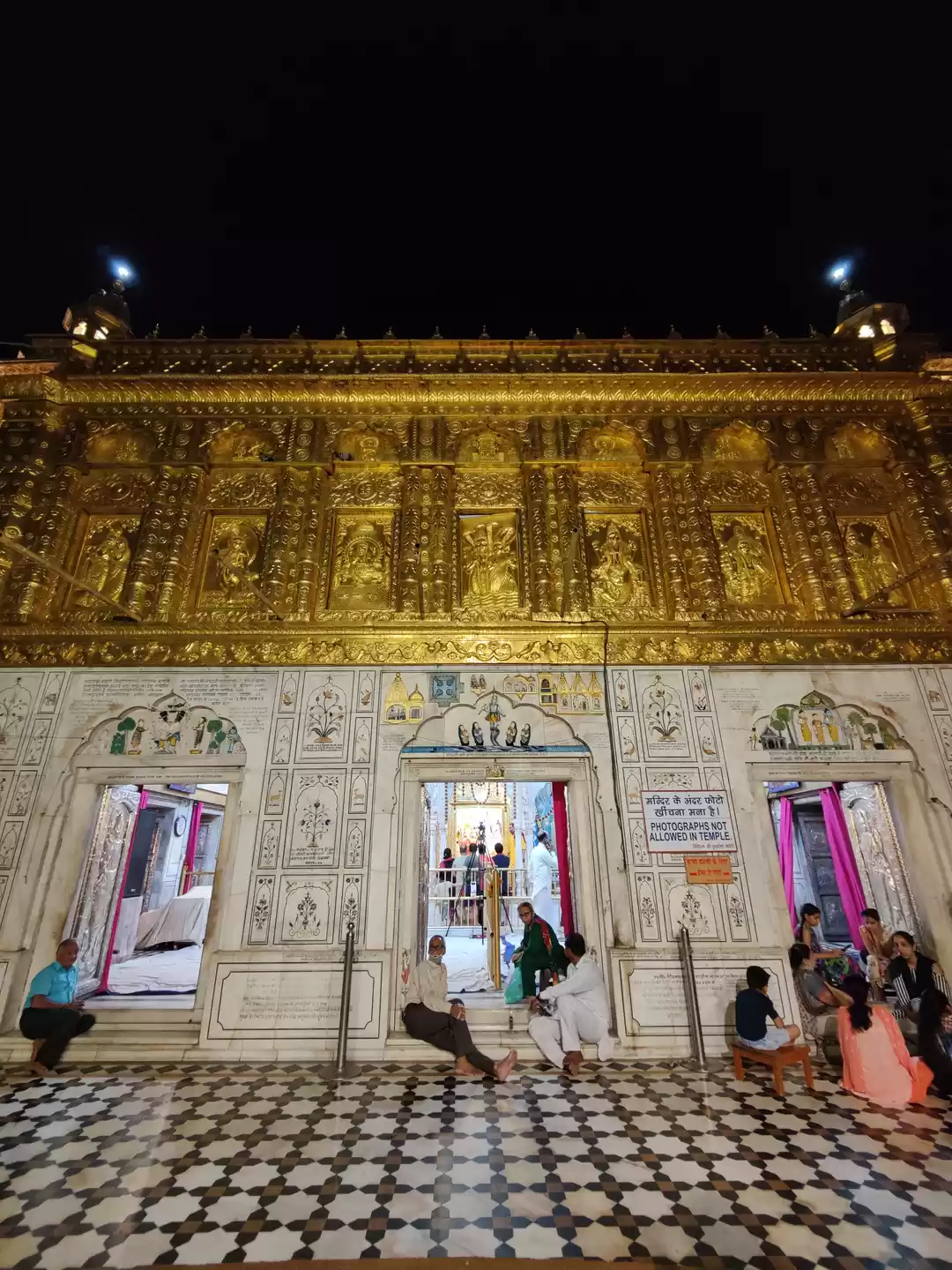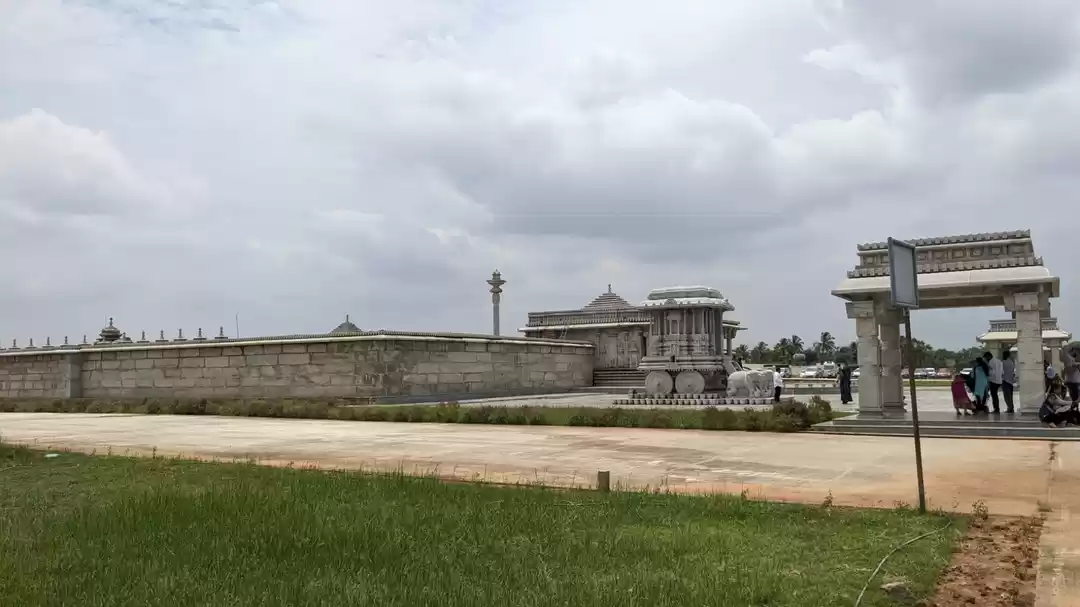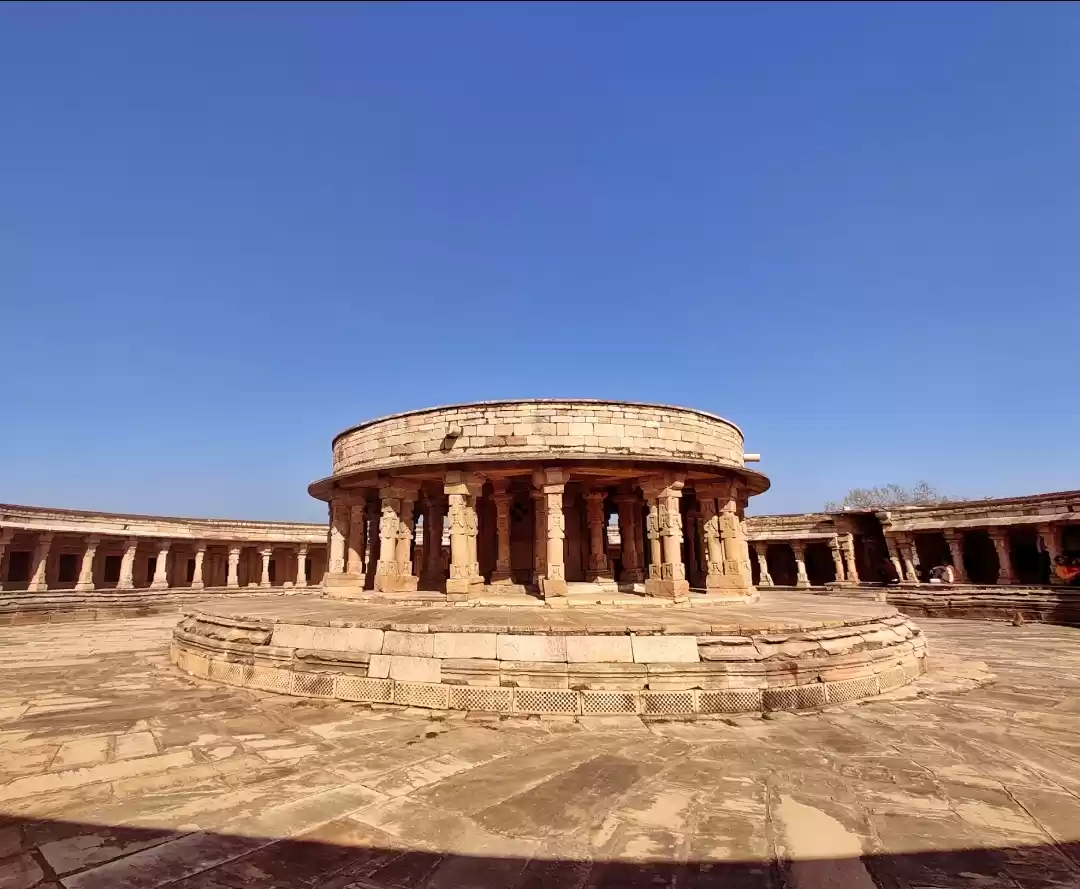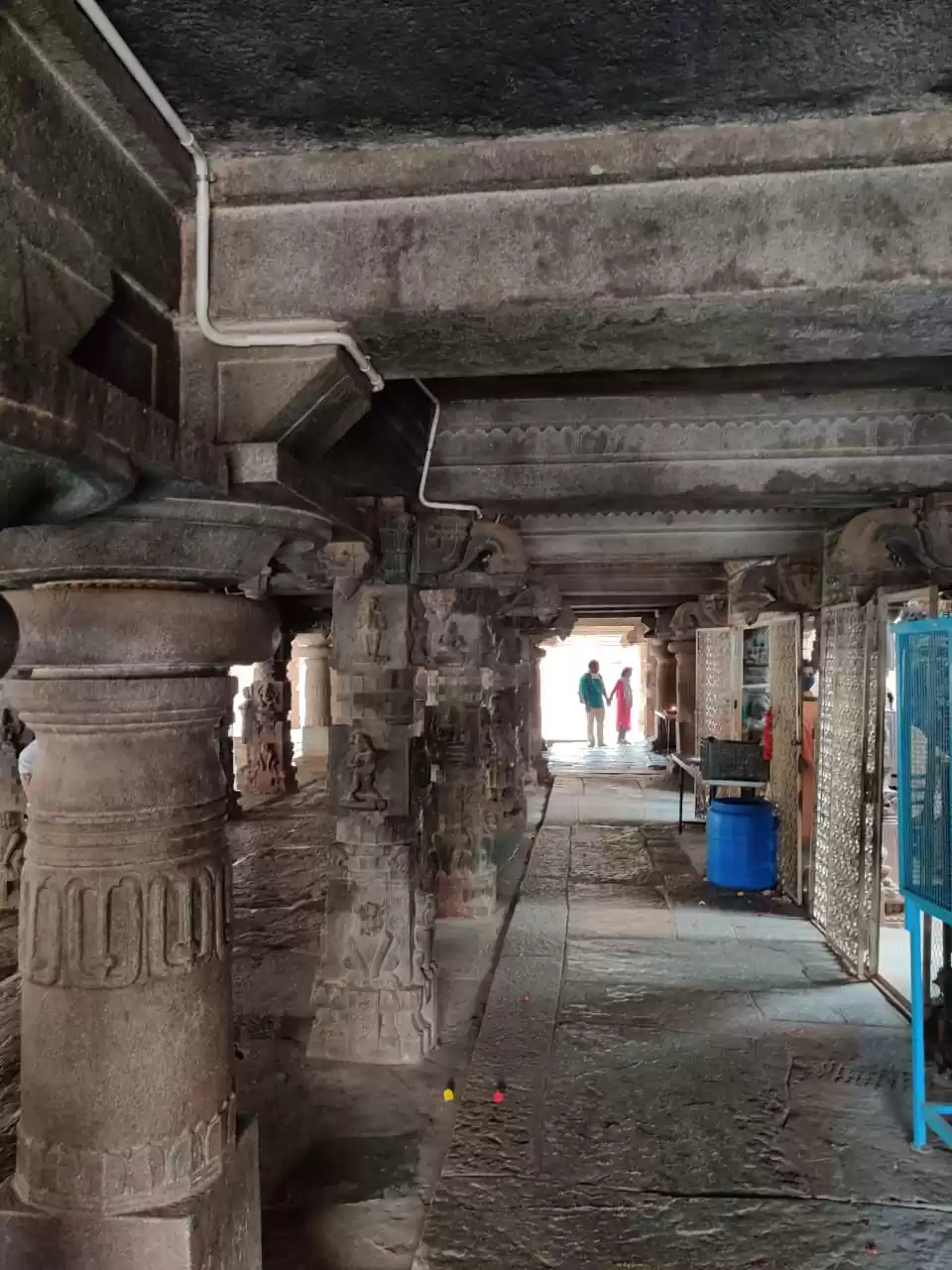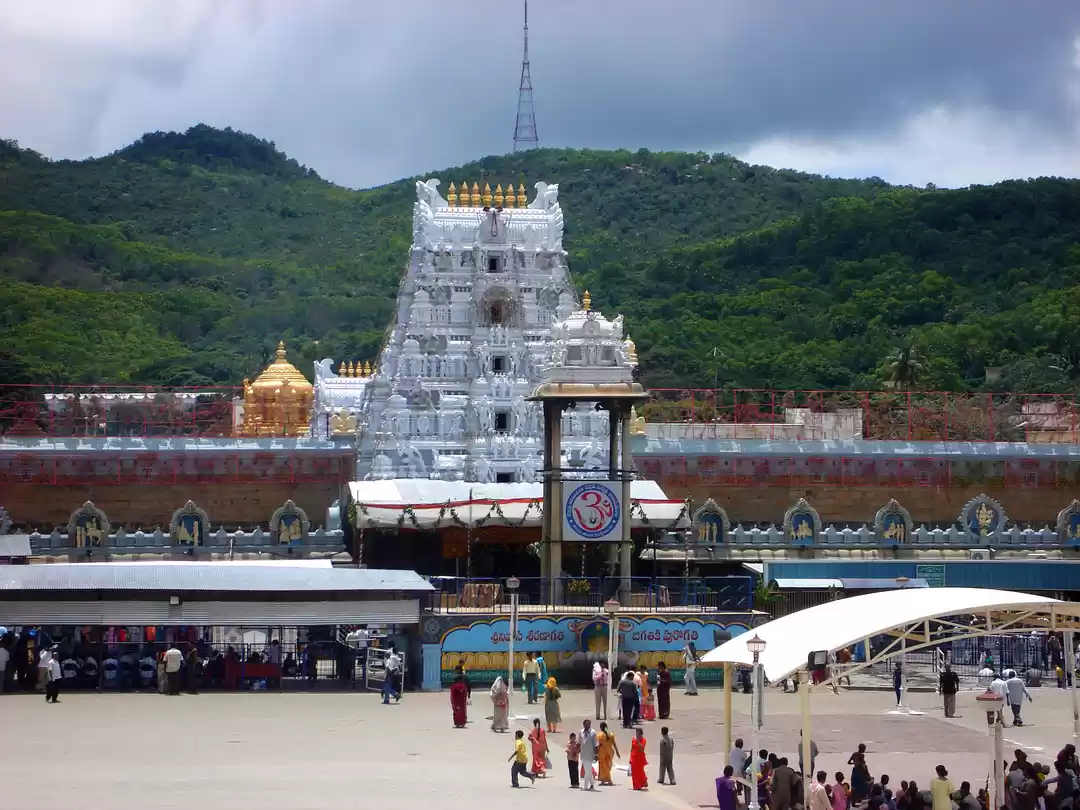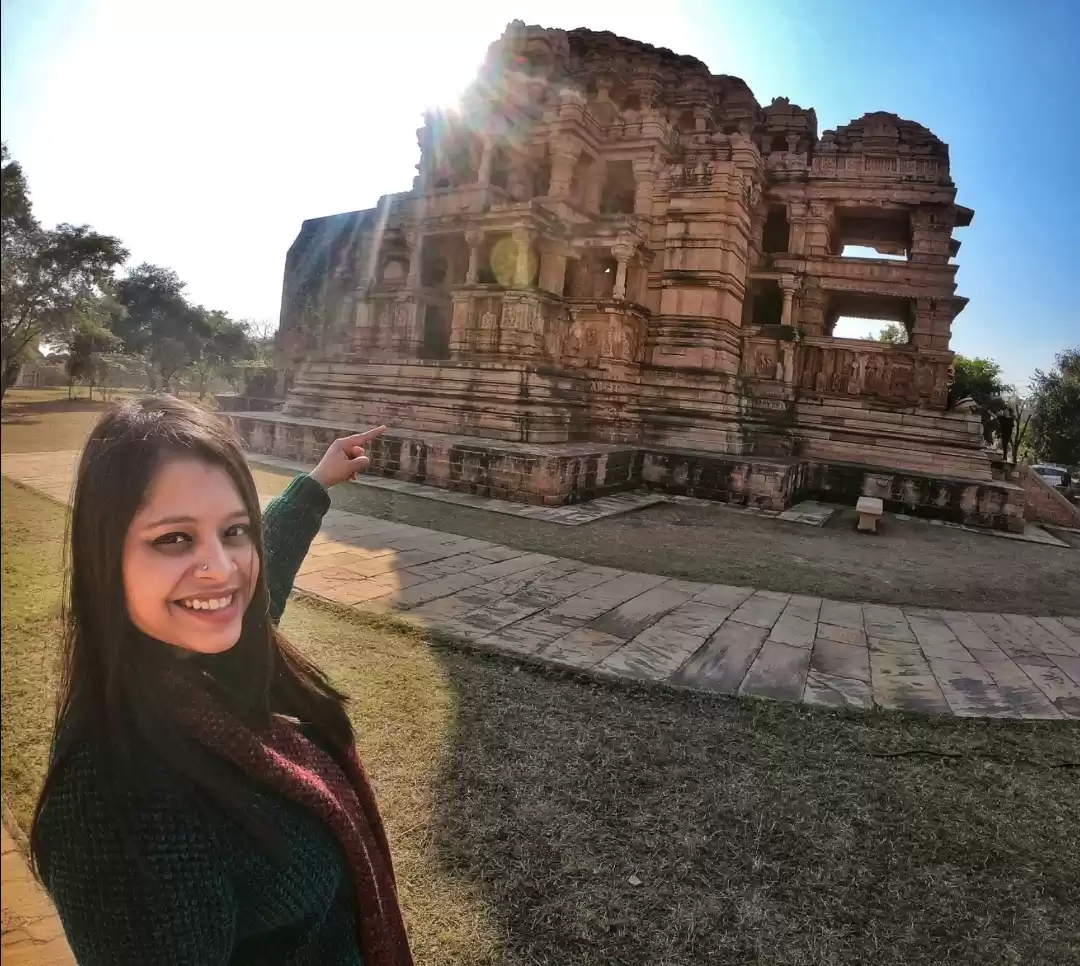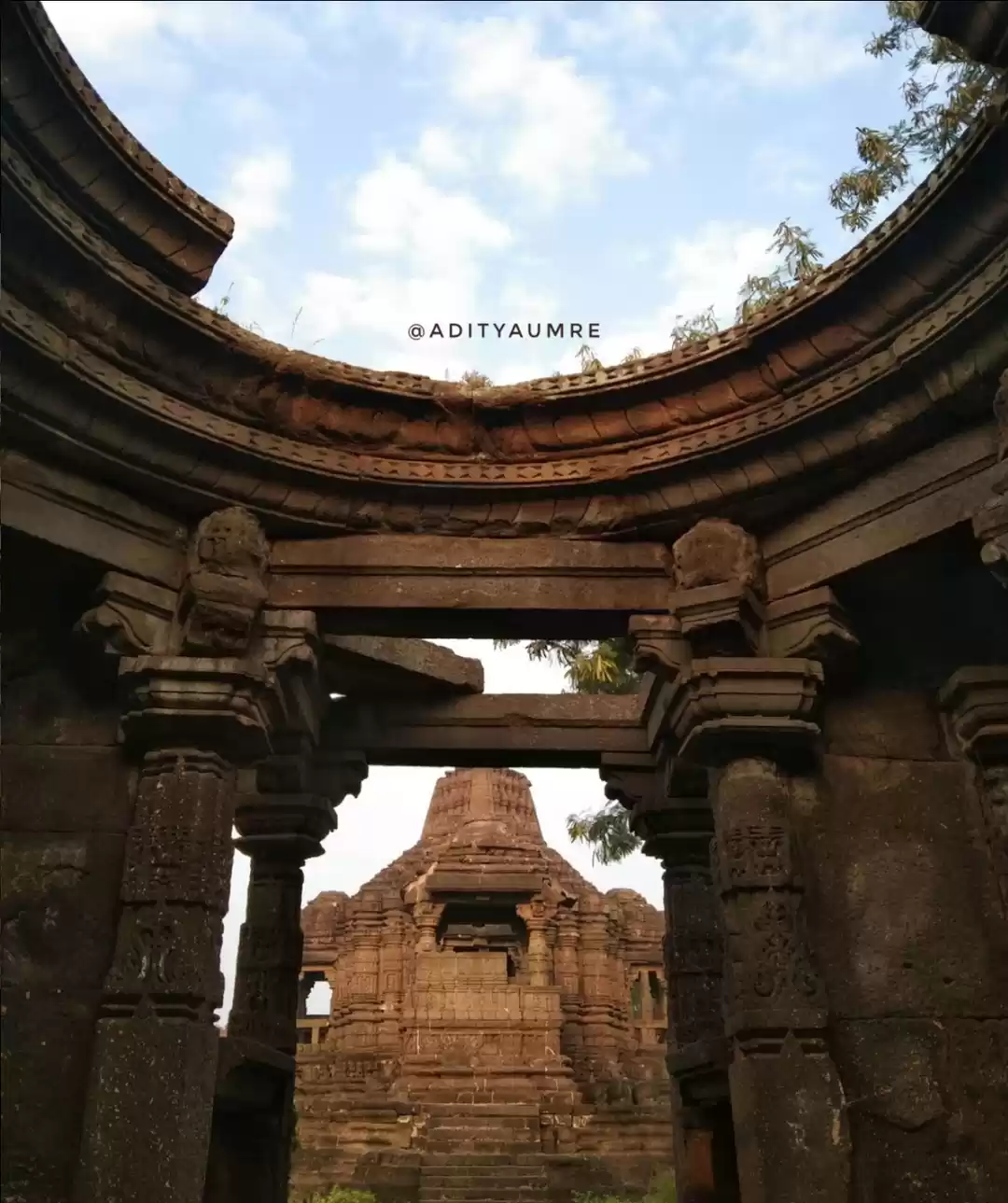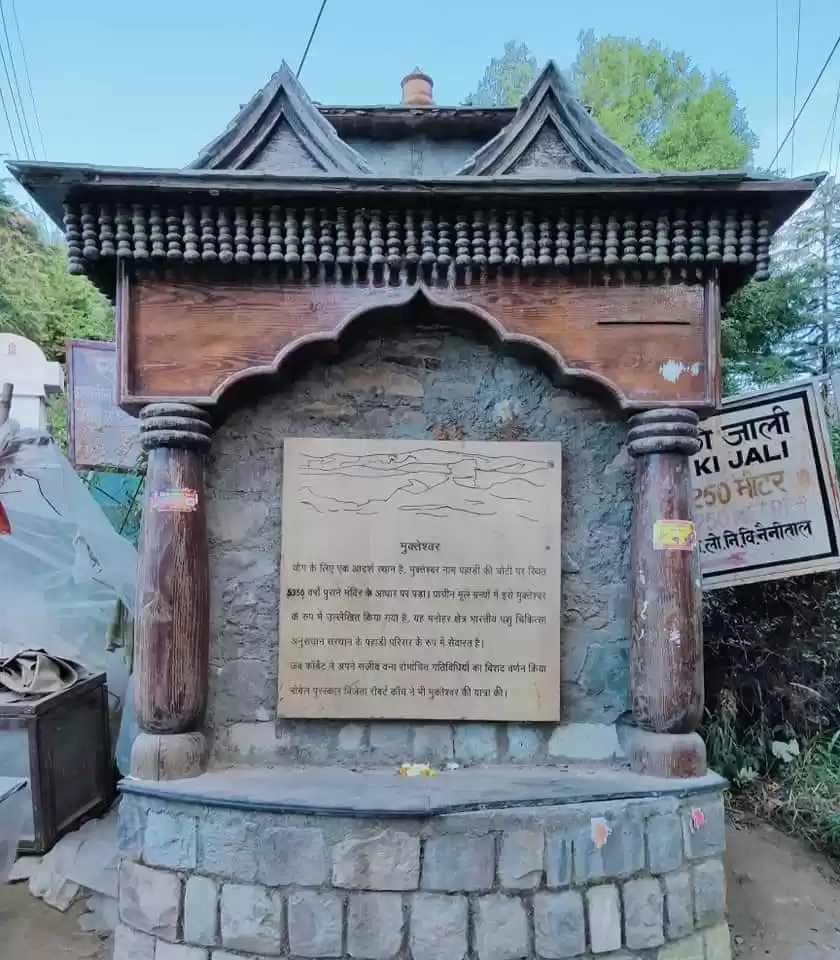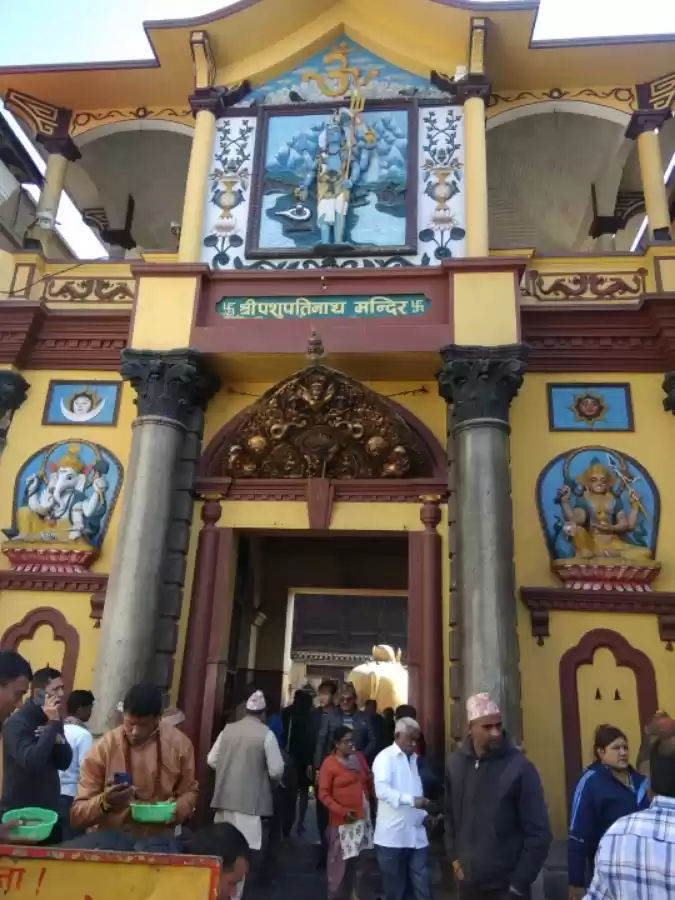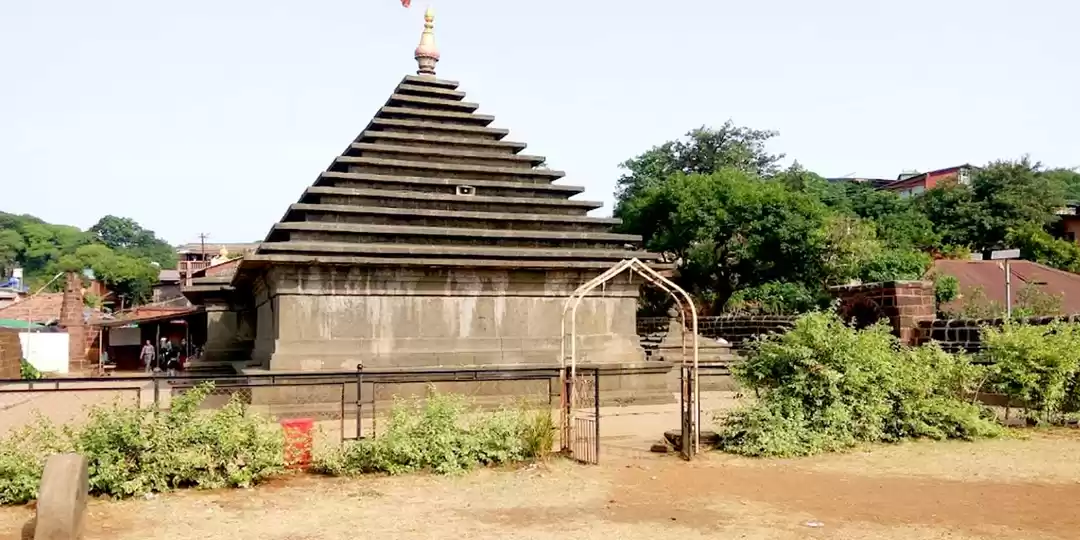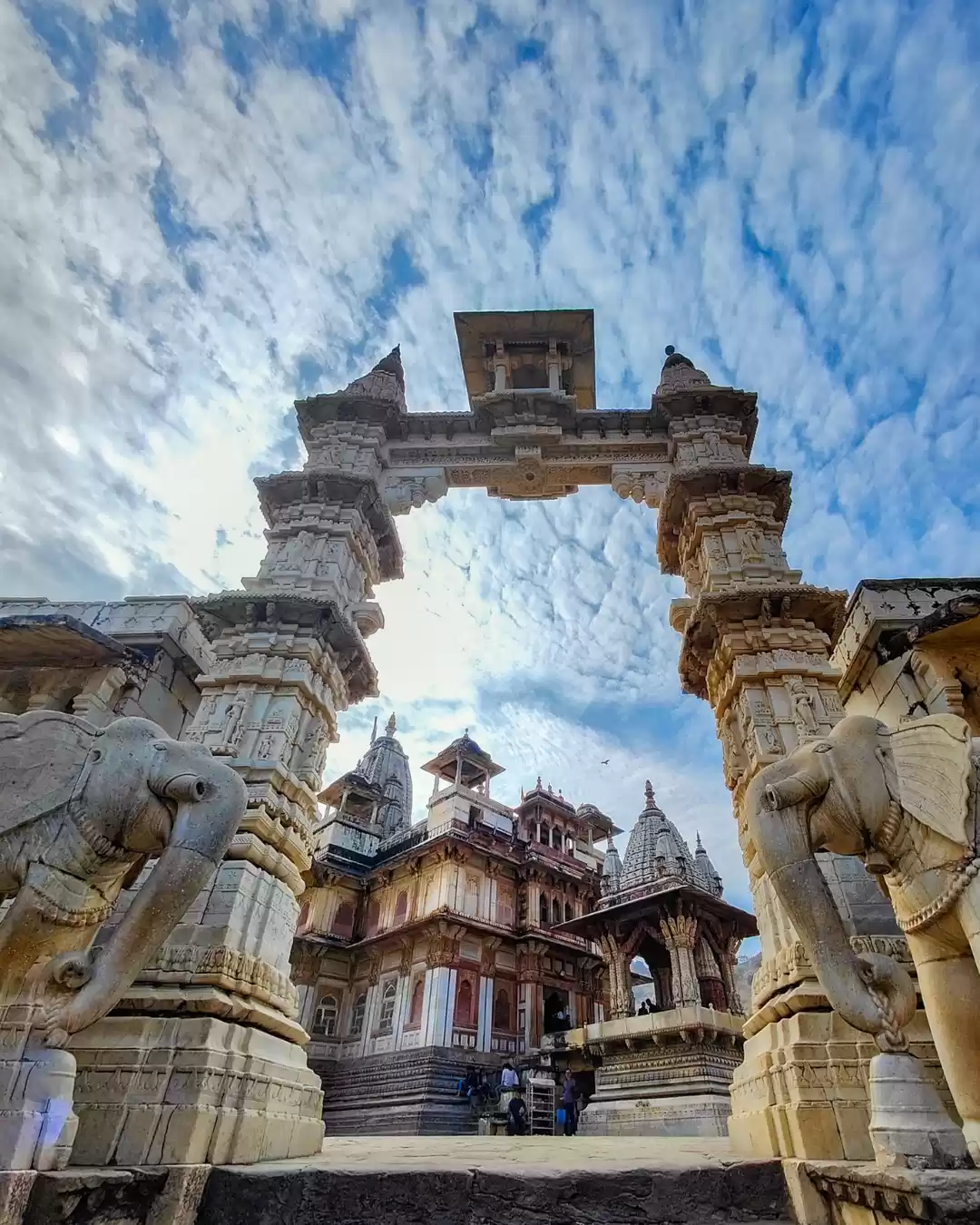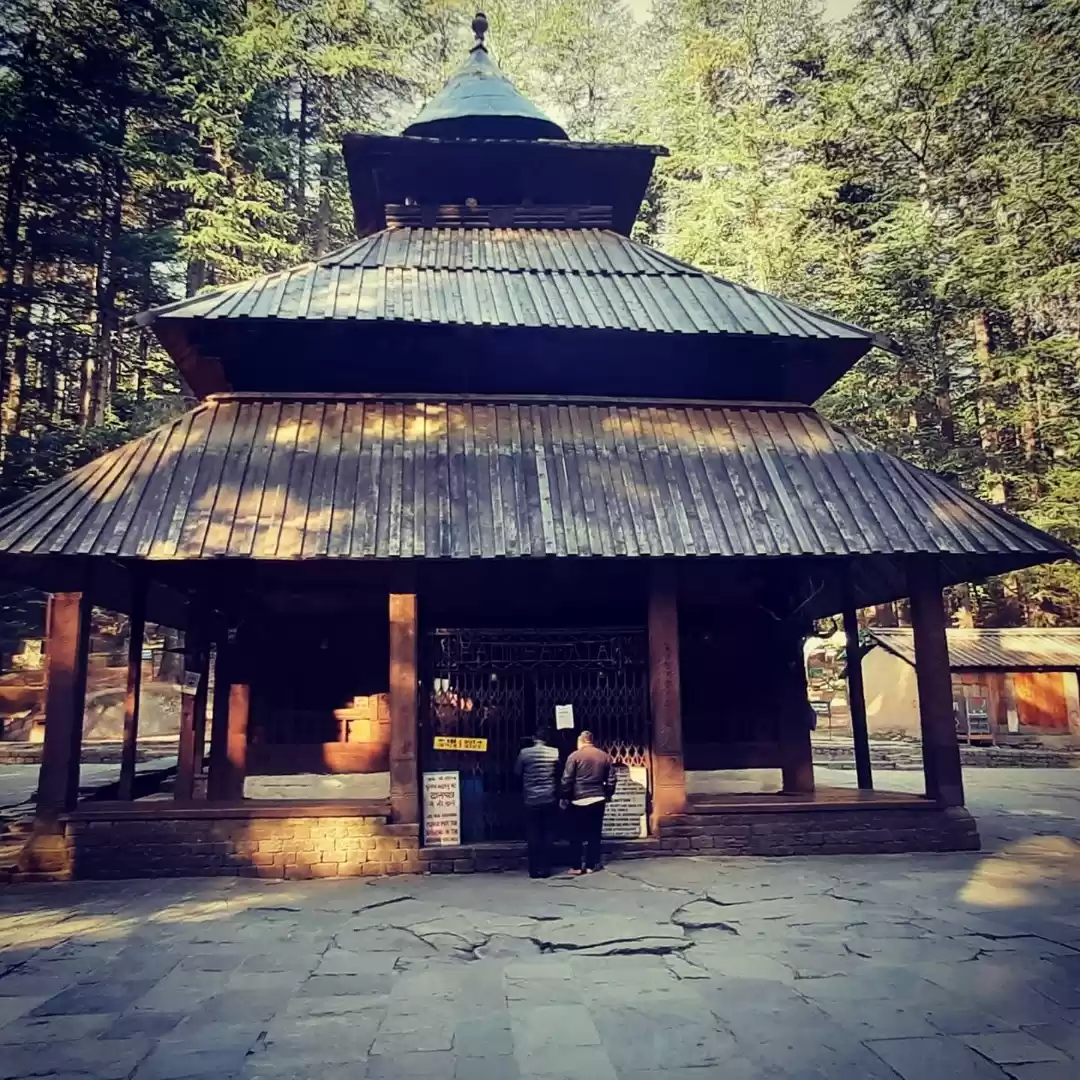Have you ever wondered what it would be like to visit a temple that is older than the pyramids of Egypt? A temple that has witnessed the rise and fall of empires, the invasion and restoration of cultures, and the evolution and reformation of religions? A temple that is dedicated to the supreme deity of Hinduism, Lord Shiva, and is also associated with the great philosopher and reformer, Adi Shankara? If you are curious to know more, then you should definitely plan a trip to the Shankaracharya Temple in Srinagar, Kashmir.
Shankaracharya Temple is one of the oldest and most revered temples in Kashmir. It is situated on a hilltop, overlooking the picturesque valley and the Dal Lake. The temple is a marvel of ancient architecture and engineering, and a testimony of the rich and diverse heritage of Kashmir. In this article, we will explore the history, legends, features, and services of the temple, and also suggest some nearby attractions and activities that you can enjoy in Srinagar. Read on to discover why Shankaracharya Temple is a must-visit destination for anyone who loves history, spirituality, and nature.
The History and Legends of Shankaracharya Temple
Shankaracharya Temple is believed to be one of the oldest temples in India, dating back to at least 2500 years. According to some sources, the temple was originally built by King Sandiman, who ruled Kashmir from 2629 to 2564 BC. The temple was later renovated and expanded by various rulers and dynasties, such as the Mauryans, the Kushans, the Guptas, the Karkotas, the Utpalas, the Loharas, the Mughals, and the Sikhs. The temple has also survived several natural calamities, such as earthquakes, floods, and landslides.
The temple is named after Adi Shankara, the 8th-century philosopher and reformer of Hinduism, who is credited with reviving the Advaita Vedanta school of thought and establishing the four monastic orders (mathas) in India. According to legend, Shankara visited Kashmir and stayed at the temple for some time. He also debated with the local scholars and defeated them in the fields of logic, metaphysics, and theology. He then installed a shiva linga (a symbol of Lord Shiva) in the sanctum of the temple and consecrated it as a shrine of Lord Shiva.
The temple is also associated with several myths and stories that reflect the faith and devotion of the people of Kashmir. One of the stories is that Lord Rama, the hero of the epic Ramayana, visited the temple after his victory over the demon king Ravana. He worshipped Lord Shiva and sought his blessings for his return to Ayodhya. Another story is that Lord Shiva himself appeared in the temple and granted a boon to a devotee who was suffering from leprosy. He cured him of his disease and also gave him a new name, Raja Gopadatta. A third story is that Goddess Parvati, the consort of Lord Shiva, blessed the temple and the hill with her divine presence and made it a sacred place for the worshippers of Shiva.
The Architecture and Features of Shankaracharya Temple
Shankaracharya Temple is a masterpiece of ancient architecture and engineering. It is built on a solid rock, at an altitude of about 1100 meters above sea level. The temple is accessed by a flight of 243 stone steps, which offer a panoramic view of the valley and the lake. The temple has a circular shape, with a diameter of about 15 meters and a height of about 9 meters. The temple is made of grey sandstone, with a dome-shaped roof and a spire on top.
The main attraction of the temple is the sanctum, which houses the shiva linga, a black stone pillar that represents Lord Shiva. The shiva linga is about 3 feet high and 2 feet in circumference, and is surrounded by a silver railing. The sanctum also has a small window, which allows the sunlight to illuminate the shiva linga. The sanctum is decorated with various sculptures and carvings, depicting the images of Lord Shiva, Goddess Parvati, Lord Ganesha, Lord Kartikeya, and other deities.
The temple also has a symbolic and significant meaning, which reflects the wisdom and vision of the ancient builders. The temple is oriented towards the east, which signifies the direction of the rising sun and the source of life. The temple is also aligned with the cardinal points, which signify the harmony and balance of the cosmos. The temple also has a numerical significance, which relates to the concepts of geometry, astronomy, and numerology. For instance, the number of steps (243) is equal to the number of days in the lunar year, the number of pillars in the gate (12) is equal to the number of months in the solar year, and the number of facets in the shiva linga (6) is equal to the number of seasons in the Indian calendar.
The temple also offers a stunning and serene ambiance, which enhances the spiritual experience of the visitors. The temple is surrounded by lush green trees and flowers, which create a contrast with the grey stone and the blue sky. The temple also offers a breathtaking view of the valley and the lake, which change their colors and moods with the seasons and the time of the day. The temple also attracts a lot of pilgrims and tourists, who come to seek the blessings of Lord Shiva and admire the beauty and glory of the temple and its surroundings.
The Timings and Services of Shankaracharya Temple
Shankaracharya Temple is open for visitors from 6 am to 8 pm, every day of the week. The entry to the temple is free of charge, but there is a security check at the gate, where the visitors have to deposit their cameras, mobile phones, and other electronic devices. The visitors also have to follow a dress code, which requires them to cover their heads, shoulders, and knees. The visitors also have to respect the sanctity and cleanliness of the temple, and refrain from smoking, drinking, eating, or littering inside the premises.
The temple also offers various services and facilities for the visitors, such as the rituals and ceremonies, the festivals and occasions, and the dos and don’ts. The rituals and ceremonies performed at the temple include the pooja (worship), the aarti (offering of light), the abhishek (bathing of the shiva linga), and the prasad (offering of food). The pooja and the aarti are conducted twice a day, in the morning and in the evening, by the priests of the temple. The abhishek and the prasad are available on request, for a nominal fee. The visitors can also offer flowers, fruits, milk, honey, or other items to the shiva linga, as a mark of their devotion and gratitude.
The temple also celebrates various festivals and occasions, which attract a lot of devotees and visitors. The most important festival celebrated at the temple is Shivaratri, which falls in the month of February or March. Shivaratri is the night of Lord Shiva, when he is believed to have performed the cosmic dance of creation, preservation, and destruction. On this day, the temple is decorated with lights and flowers, and the shiva linga is adorned with jewels and ornaments. The devotees observe a fast and stay awake all night, chanting the name and the mantra of Lord Shiva. The devotees also perform the abhishek and the aarti, and receive the prasad and the blessings of Lord Shiva. Other festivals and occasions celebrated at the temple include Shravan (July-August), Guru Purnima (July), and Adi Shankara Jayanti (April-May).
The temple also has some dos and don’ts that the visitors have to follow, in order to ensure the safety and the comfort of themselves and others. The dos include wearing comfortable and modest clothes, carrying water and snacks, taking care of the elderly and the children, and being polite and courteous to the staff and the locals. The don’ts include taking photographs or videos, wearing shoes or leather items, carrying weapons or explosives, and making noise or disturbance inside the temple.
The Attractions and Activities near Shankaracharya Temple
Shankaracharya Temple is not only a place of worship, but also a place of exploration and enjoyment. There are many attractions and activities that the visitors can indulge in, near the temple and in Srinagar. Some of the attractions and activities are:
Mughal Gardens: The Mughal Gardens are a group of beautiful and historic gardens, built by the Mughal emperors in the 16th and 17th centuries. The gardens are known for their exquisite design, layout, and landscaping, which blend the Persian, Islamic, and Indian styles. The gardens also have fountains, pools, pavilions, and monuments, which add to their charm and elegance. The gardens are located at a short distance from the temple, and are open from 9 am to 7 pm, every day of the week. The entry fee is Rs. 10 per person. The most famous gardens are Nishat Bagh, Shalimar Bagh, Chashme Shahi, and Pari Mahal.
Dal Lake: The Dal Lake is one of the most popular and scenic attractions in Srinagar. The lake is famous for its houseboats, shikaras (wooden boats), floating gardens, and islands. The lake also offers a variety of activities, such as boating, fishing, birdwatching, and shopping. The lake is located at a short distance from the temple, and is accessible by road or by shikara. The lake is open from 6 am to 6 pm, every day of the week. The charges for the houseboats and the shikaras vary depending on the season and the demand.
Old City: The Old City is the historical and cultural heart of Srinagar. The Old City is known for its narrow lanes, ancient mosques, shrines, and markets. The Old City also showcases the diversity and harmony of the people of Kashmir, who belong to different religions, sects, and communities. The Old City is located at a short distance from the temple, and is best explored on foot or by cycle rickshaw. The Old City is open from 9 am to 9 pm, every day of the week. The entry is free, but the visitors have to pay for the transportation and the shopping.
Markets: The markets of Srinagar are a shopper’s paradise, offering a wide range of products and souvenirs, such as carpets, shawls, papier-mache, woodwork, jewellery, dry fruits, spices, and saffron. The markets are also a great place to experience the local cuisine and culture, such as the wazwan (a multi-course meal), the kahwa (a green tea with spices and almonds), the rogan josh (a lamb curry), and the phirni (a rice pudding). The markets are located at various places in the city, such as Lal Chowk, Residency Road, Polo View, and Badshah Chowk. The markets are open from 10 am to 8 pm, every day of the week. The prices are negotiable, but the visitors have to be careful of the quality and the authenticity of the products.
Conclusion
Shankaracharya Temple is a sacred shrine of Lord Shiva in Srinagar, which offers a unique and enriching experience for the visitors. The temple is a blend of history, spirituality, and nature, which appeals to the senses and the soul. The temple is also a gateway to the other attractions and activities in Srinagar, which showcase the beauty and diversity of Kashmir. If you are looking for a destination that combines adventure, culture, and relaxation, then you should definitely consider Shankaracharya Temple and Srinagar as your next destination.
If you are interested in booking a trip to Shankaracharya Temple and Srinagar, then you can visit our website and choose from our various Kashmir tour packages. Our packages include the accommodation, transportation, guides, food, and activities, which are tailored to your preferences and budget. Our packages also ensure the safety and comfort of our customers, and provide them with the best possible service and satisfaction. To book your trip, you can contact us through our website, email, phone, or chat. We will be happy to assist you and answer your queries.
We hope you enjoyed reading this article and learned something new and interesting about Shankaracharya Temple and Srinagar. If you did, then please share it with your friends and family, and leave a comment below.



















